Nothing that happened in Ferguson, Missouri, on the fourth night since Michael Brown died at the hands of a police officer there, dispelled the notion that this is a place where law enforcement is capable of gross overreaction. Just after sundown on Wednesday, local and state officers filled West Florissant Avenue, the main thoroughfare, with massive clouds of tear gas. They lobbed flash grenades at protesters who were gathered there to demand answers, and, at times, just propelled them down the street. That they ordered the crowd to disperse was not noteworthy. That the order was followed by successive waves of gas, hours after the protests ended, became an object lesson in the issues that brought people into the streets in the first place. Two journalists,
Wesley Lowery, of the Washington
Post, and
Ryan Reilly, of the Huffington Post, and a St. Louis Alderman, Antonio French, were arrested. (The journalists were let go without charges; the alderman,
as his wife told reporters, was released after being charged with unlawful assembly.) What transpired in the streets appeared to be a kind a municipal version of shock and awe; the first wave of flash grenades and tear gas had played as a prelude to the appearance of an unusually large armored vehicle, carrying a military-style rifle mounted on a tripod. The message of all of this was something beyond the mere maintenance of law and order: it’s difficult to imagine how armored officers with what looked like a mobile military sniper’s nest could quell the anxieties of a community outraged by allegations regarding the excessive use of force. It revealed itself as a raw matter of public intimidation.


 TheAnonMessage @TheAnonMessage
TheAnonMessage @TheAnonMessage How much shyt could they get away with?
How much shyt could they get away with?

 I see what he did there....
I see what he did there....










 much respect John
much respect John


